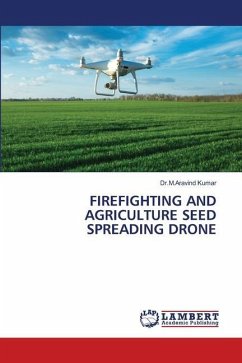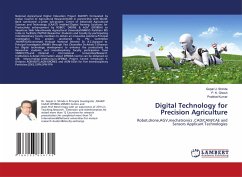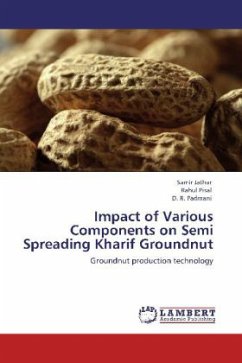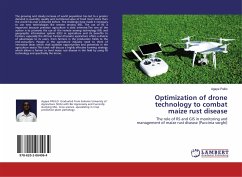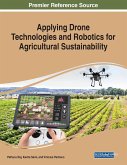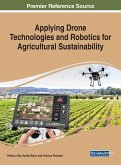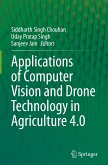This book summarizes as an unmanned Aerial Vehicle (UAV) is a type of aircraft that has no pilot or passenger on board. UAVs include autonomously controlled (drones), and piloted vehicles (RPVs) controlled via a radio transmitter. Multirotor UAVs (unmanned aerial vehicles), namely quadcopters and hexacopters, have become increasingly popular in recent years. This book provides Over time, an increased understanding of the many factors that contribute to the risk of fire and has led to positive developments in the fire protection of commercial structures. Improvements in public fire protection systems and services, as well as increased use of private active or passive systems through fire protection and loss-control engineering, have meant an overall decrease in the cost of fire. The main focus of this system is its Automatic way of sowing the seeds. The seeds are been sowed in a proper sequence which results in the proper germination of seeds.
Bitte wählen Sie Ihr Anliegen aus.
Rechnungen
Retourenschein anfordern
Bestellstatus
Storno

